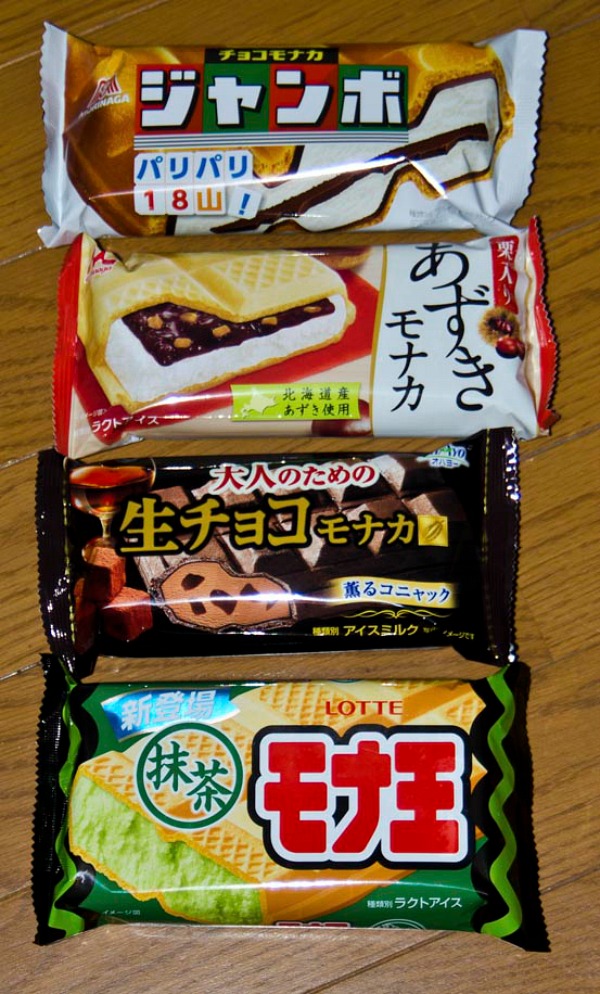Today we went to the rice paddy. It was wet and muddy. There
were frogs everywhere, tiny ones though. My legs were muddy upto my knees (we don't wear boots or any kinds of shoes in the rice paddy).
Celso and I were given machines which we pushed along the rows of rice to pull out
the weeds. It was difficult at first to walk in the mud and quite tiring to push
the machine. But it got better. Sayaka-san told us that the key is to walk slowly. The weeds wouldn't come out if we simply pushed the machine forward, so we'd have to push it forward and then yank it back to uproot the weed properly. Our legs got some bug bites and my feet got a bit torn from the stones in the mud, but I didn't notice it until afterwards. Sayaka-san told us that the rice should probably last her
all year and amounts to about 250 kgs in weight. She said that the rice is sowed in May and harvested around September. She holds a ceremony every year in which she invites neighbors and friends to sow the rice paddy with her. Harvesting is usually done with a machine. The rice tastes really sweet and fresh when eaten in September, not just in the countryside.
 |
| Weeding in the rice paddy |
 |
| Washing my muddy feet in a narrow canal that runs besides the rice paddy |
After lunch I was reading and fell asleep in a rocking
chair. There wasn’t much work in the afternoon and Celso told me some of his
fascinating travel stories.
In the evening, we went to an onsen (Japanese hot spring). This was my first onsen
experience, which is shameful considering that they're sprinkled all over Japan and I've been here for over a month. The onsen wasn’t dramatically different from what I expected. It is similar to a public or communal bath in which you first wash yourself and then get inside the large hot baths. The water, however was different and it was interesting to learn that different onsens have
different kinds of spring water-some contain iron, and other minerals as well.
People spend quite some time (hours) in the onsen but because the water is so hot they
can’t spend too much time continuously inside the water. So they get out, take a cold shower or just sit around, and then come back to the hot bath. There was also a spa in a small room right next to the hot baths. Sayaka-san told me that Japanese people take baths everyday (as opposed to other countries where people take quick showers), which means that they must spend considerable amount of time everyday in their bath tub. Onsens are particularly popular among old people. The onsen was pretty cheap. It cost 300 yen per person (~$3). So I guess it isn't too hard for people to go there on a regular basis.
Apparently it is bad to eat right after a hot bath (something to do with blood circulation). So after waiting for half an hour (which we spent on grocery shopping), we went for ramen and ice cream. I got an ice cream
sandwich from a convenience store. It tasted really good. It was cookies and cream with azuki inside (red bean).
 |
| Ice cream sandwiches found at convenience stores in Japan. The one I ate was second from the top. Source: |

No comments:
Post a Comment